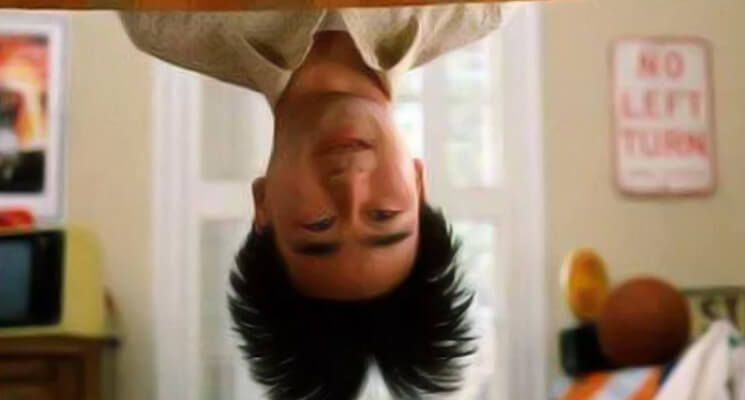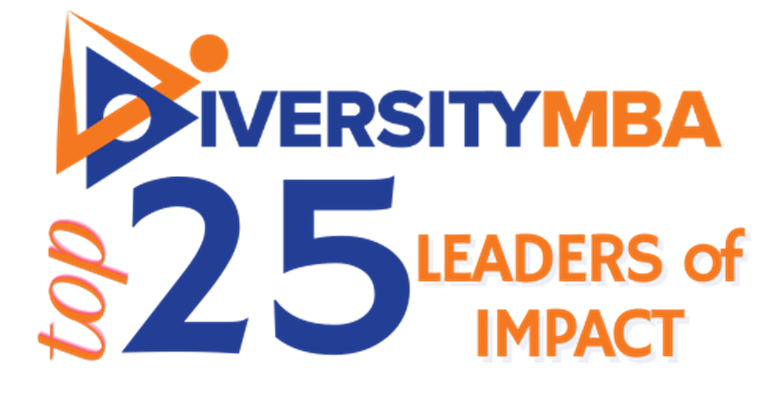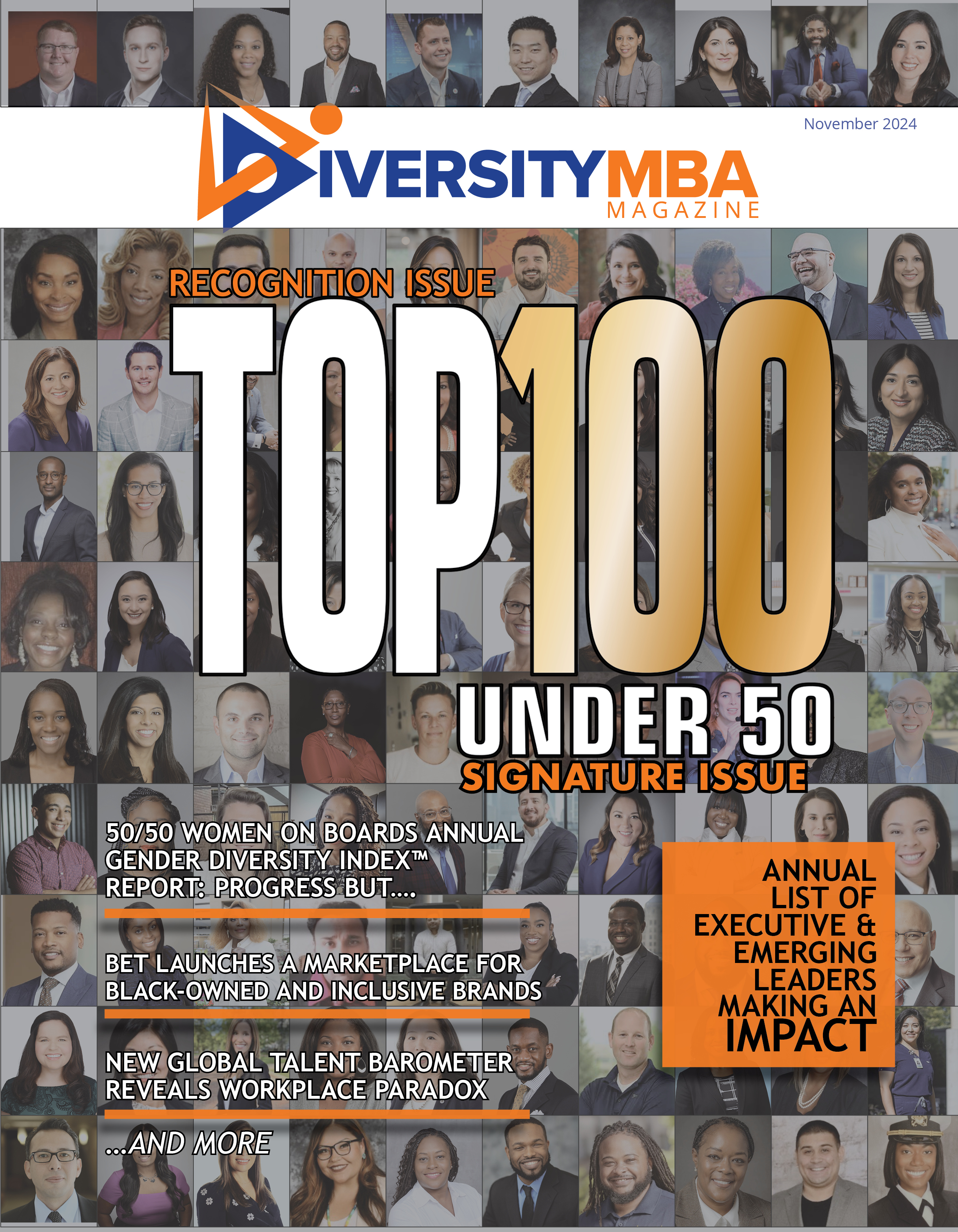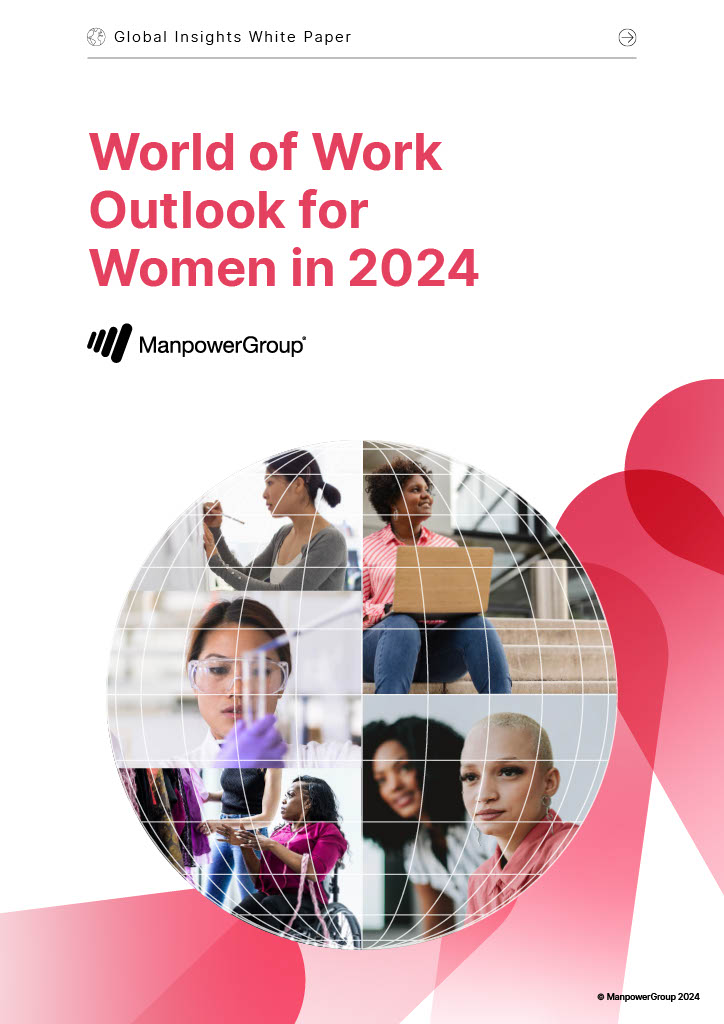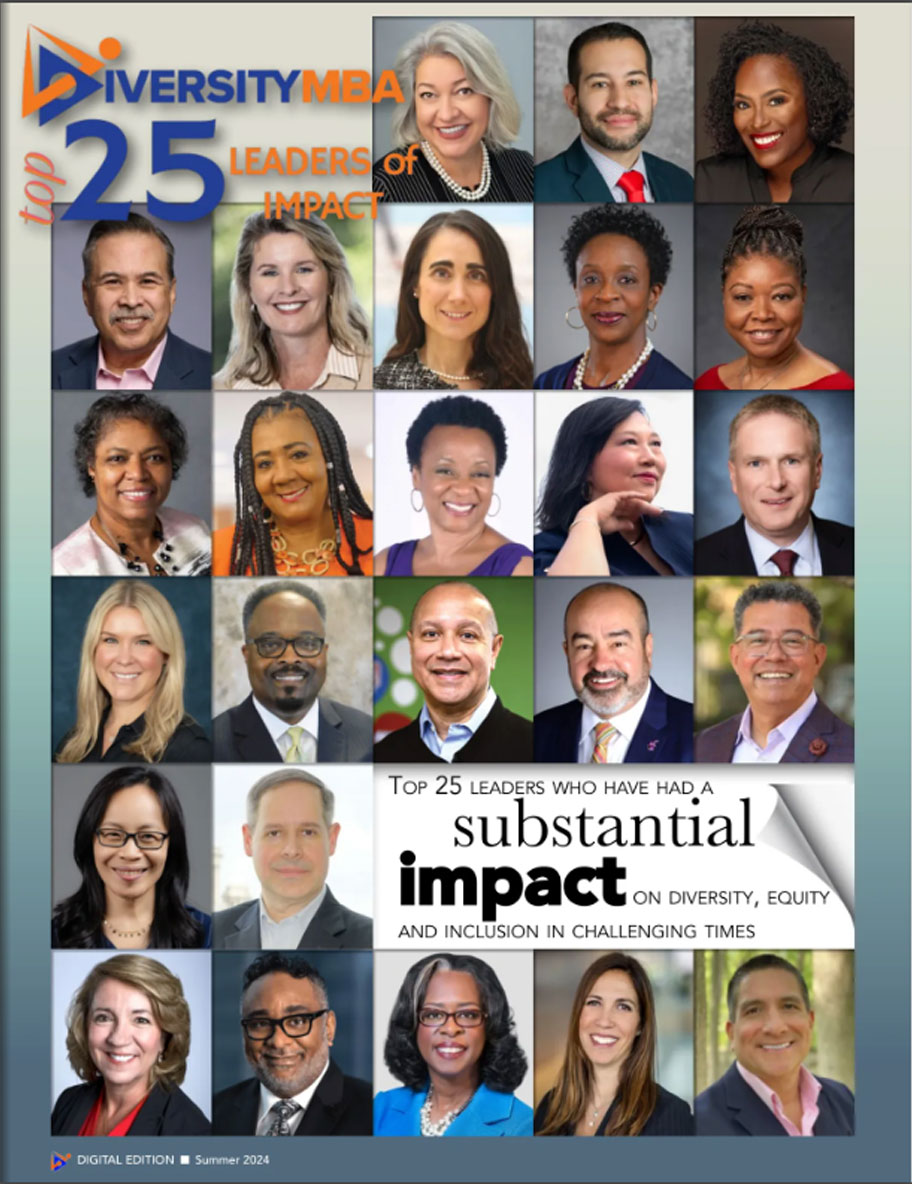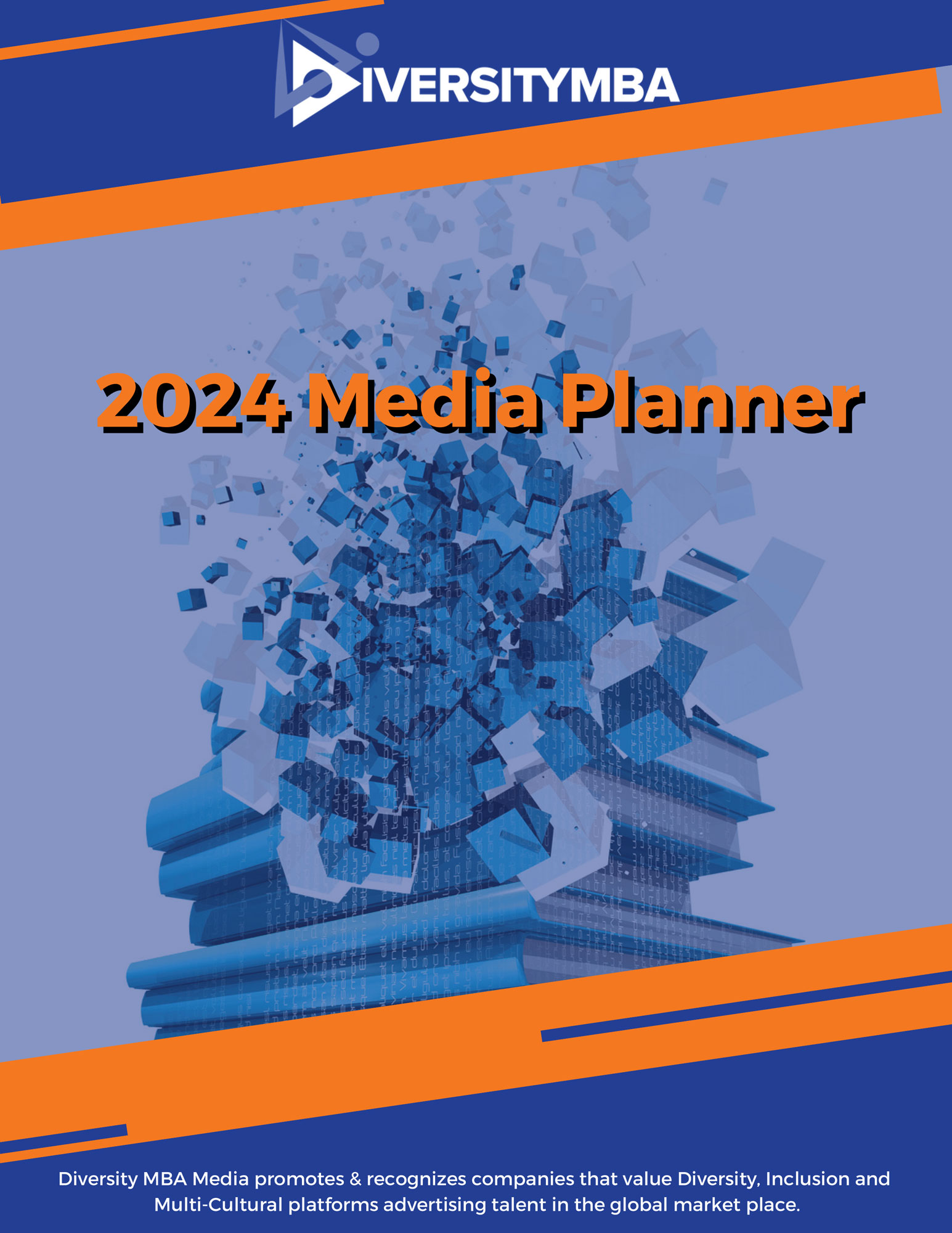Growing up in Northern California in the 1980s, I was haunted by the image of Long Duk Dong, the Chinese exchange student from John Hughes’ teen movie Sixteen Candles. With his accent and screwball social graces, everything about “the Donger” was mortifying and ridiculous. But embarrassing as he was, for decades, Long Duk Dong was, for many, the image most instantly associated with Asian-Americans. And, more unfortunately, Dong was only one in a long string of offensive media representations, where Asian-Americans tended to be portrayed as inscrutable villains, exotic female sirens, or foreign uber-nerds.
These stereotyped caricatures didn’t even begin to approach the dynamism, boldness, or creativity of the Asian-Americans I knew in real life. Where were those in the popular media who had found a satisfying balance of both cultures, and who felt just as comfortable speaking Tagalog or going to temple as they did fronting a punk band or throwing a football?
This discrepancy led me to pursue a career in journalism, which initially confounded my parents, who are originally from Hong Kong. Like most immigrants, they’d hoped I’d land an estimable and well-compensated job as a lawyer or doctor. When it became clear that my commitment to journalism wasn’t merely a passing fad, my folks assured themselves that I’d be the next Connie Chung, even though I’ve always loved the written word far more than the camera — or the spotlight.
As a result, I immersed myself in print journalism, which has allowed me to tell stories for outlets like SF Weekly and public radio about a Hmong-American teen studying to become a shaman, or Chinese-American business-owners battling a poor economy. Though I felt I was doing my small part, and I knew of a slew of journalists who were doing the same, nuanced representation of Asian-Americans remained rare. An exception was aMagazine, a stylish glossy run out of New York City. But in 2002, it announced it would be folding.
That one of the few media voices of Asian America was about to be snuffed out was simply not acceptable to me. I immediately contacted a number of writer friends and we decided that this could become an opportunity to create the magazine that we’d always wanted to read — a publication that would marry substance with sass, and tackle everything from Asian-Americans in the Obama administration to Margaret Cho to Cambodian-Americans returning to their home country to remove undetonated Vietnam War-era bombs.
We began meeting around a kitchen table in San Francisco over snacks and beer, and a vision emerged. Our magazine wouldn’t flinch at covering serious issues, but it also wouldn’t take itself too seriously, either. It would cover Asian-Americans in Louisiana, Utah, and Illinois, not just the critical mass living in California and New York. It would feature emerging artists, thinkers, and doers, not just the few established Asian- Americans who’d gotten a nod from the mainstream. We’d explore cultural issues while tackling what was Asian American by tangent or by happenstance. It would cover what I have since dubbed “post-identity”; while we certainly wouldn’t ignore the political nature of race, we wouldn’t fixate on the academic or overwrought exploration of Identity Politics 101. We’d redefine Asian America simply by being and writing about who we really are.
Our early efforts were infectious, and we quickly outgrew the kitchen table. During a year’s worth of after-work meetings in borrowed conference rooms, we developed the publication’s voice, elected leaders, debated content, threw fund-raising parties, fought among ourselves, and eventually learned to work together. A pair of staff members even fell in love and got married — all stuff worthy of a reality-TV show.
Starting a magazine from scratch with zero funds was no easy task, but we were made mighty by bowls of Spam and kimchi over rice, and we were inspired by the passion and dedication that we saw in each other. We marched steadily, if improbably, toward the publication of our first issue.
The first issue of Hyphen was published in June 2003, and it paid tribute to Civil Rights-era Asian-American activism. The cover depicted a woman sitting on a stack of suitcases by the side of a road, under a sign that read, “Welcome to Asian America, Population 11 Million.” Since then, our numbers have grown to 15.5 million, and so has our diversity and presence in mainstream culture.
The media landscape has changed since our first issue. Now Asian-American faces are everywhere, from the Kelly Kapoor character on The Office to World Series-winning baseball pitchers like Tim Lincecum to the all-Asian American hip-hop group Far East Movement that’s currently climbing the musical charts. We’re proud that Hyphen has contributed and chronicled that transformation, and we remain committed to pushing the boundaries of Asian America, and monitoring the shifts that come from new immigration patterns and emerging political and cultural realities. This has made our job more challenging and more interesting as we seek to publish stories that look at the tremendous possibility in — and the deep disparities within — Asian America.
Nearly nine years later, it’s incredible to see what Hyphen has accomplished. When we started it, we didn’t know that we would create such a far-reaching community. We first gathered around that kitchen table because we were hungry for a more complex representation of America. And when none presented itself, we decided to do it ourselves. And it worked.
Bernice Yeung is a co-founder and board chair of Hyphen magazine. A San Francisco-based freelance journalist, her writing has appeared in The New York Times, Wired, Dwell, and Glamour.
